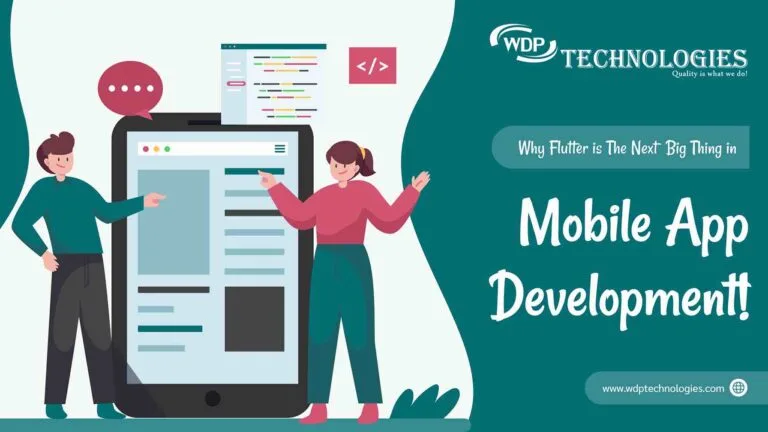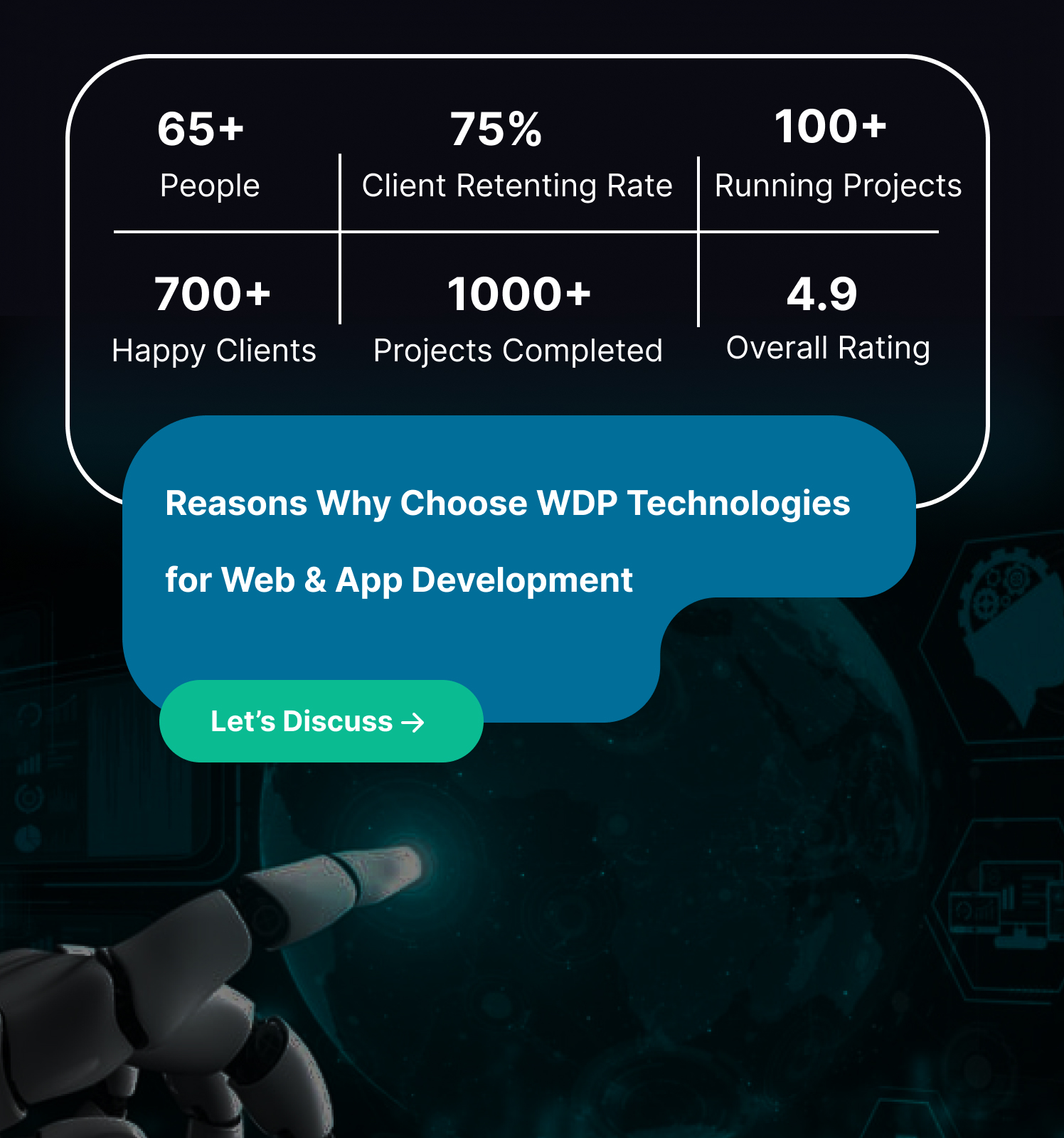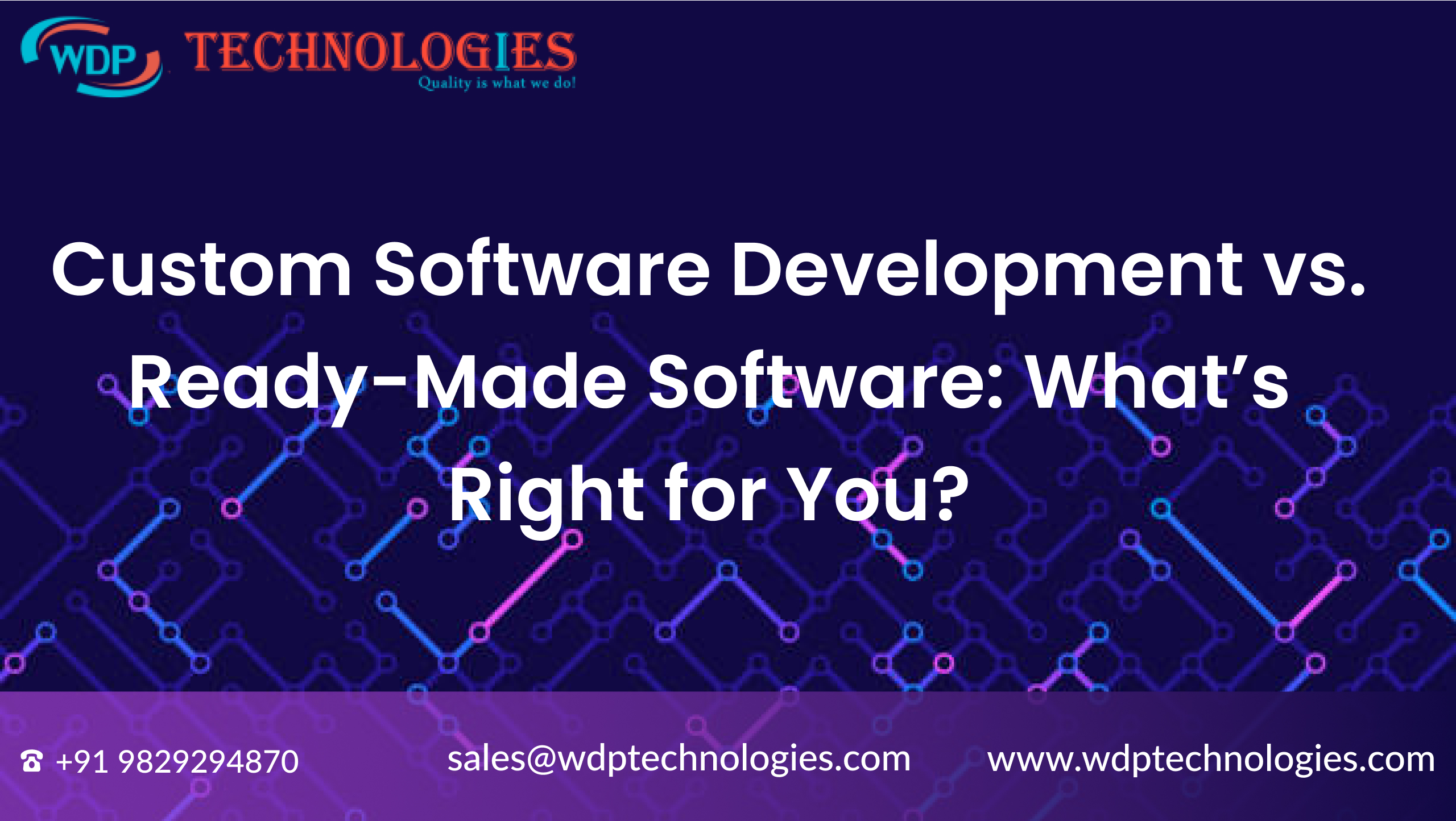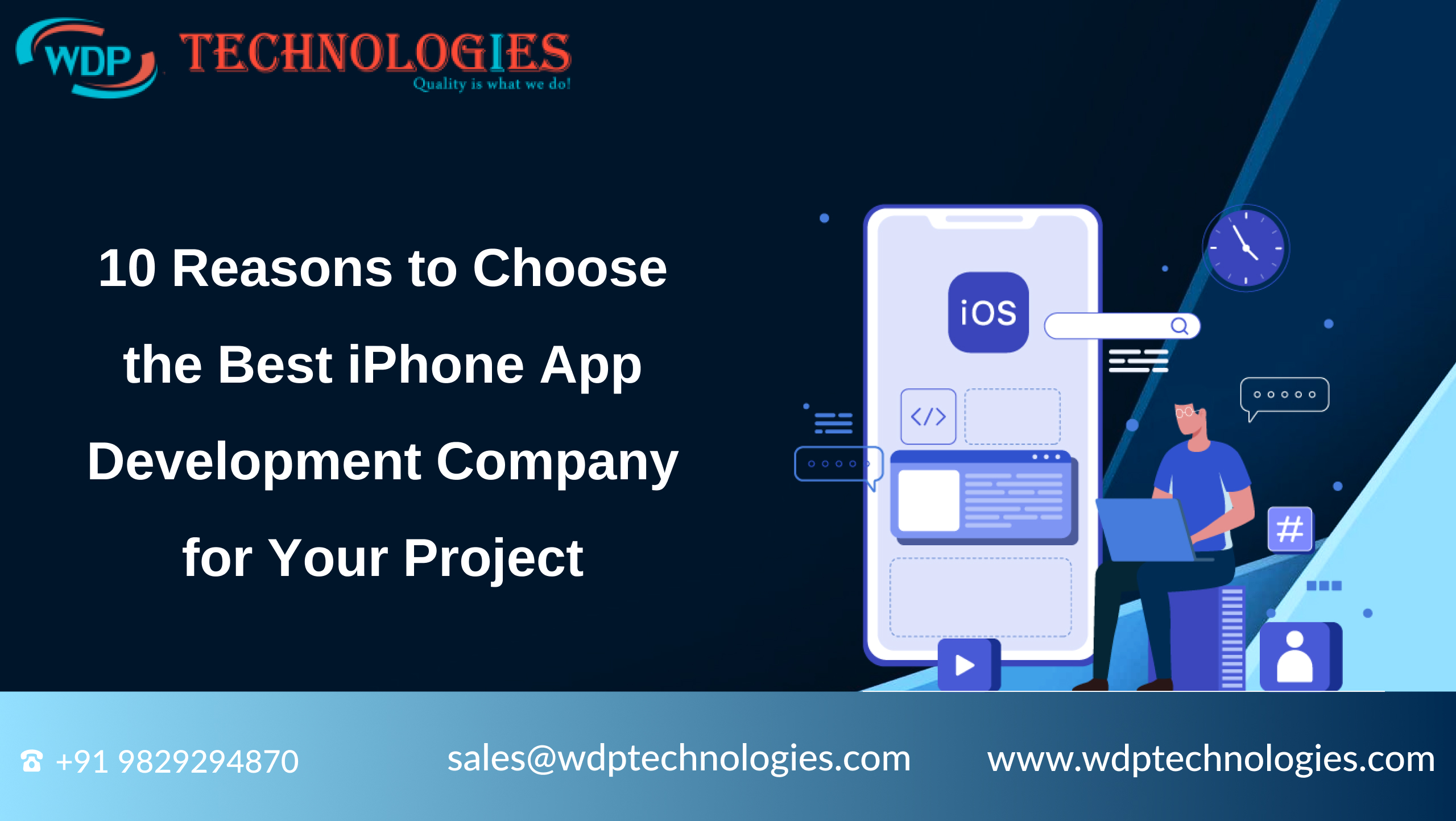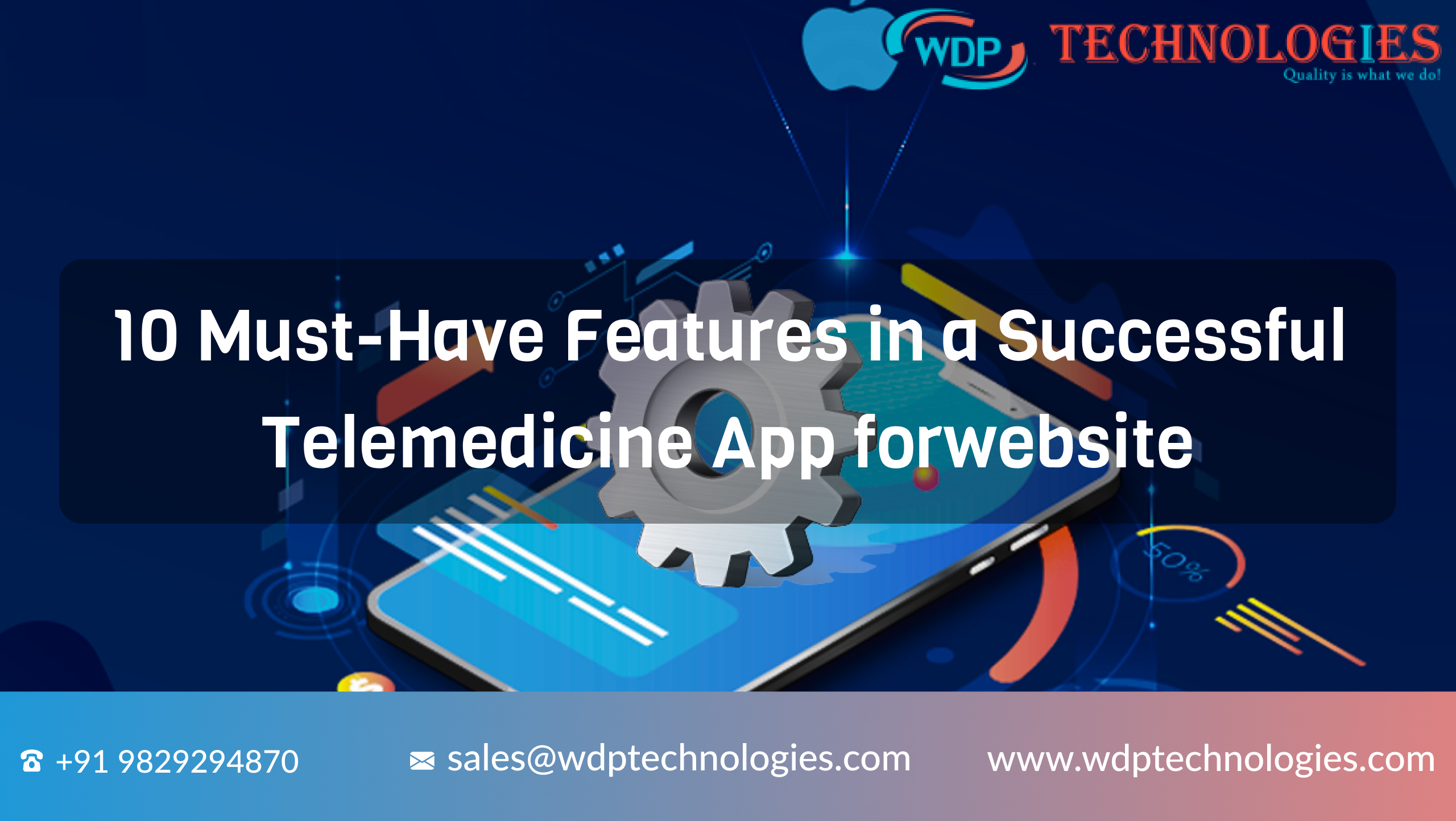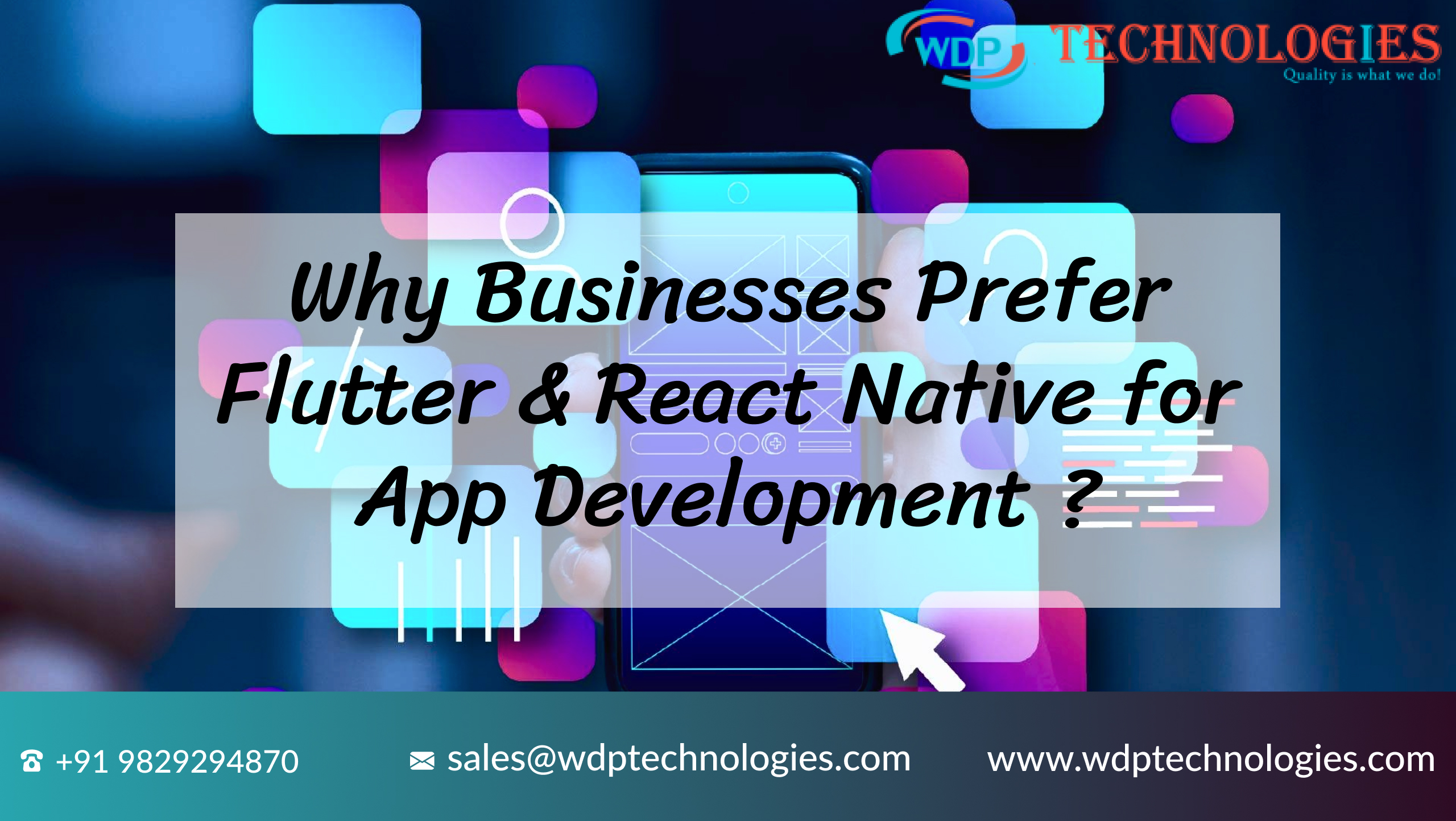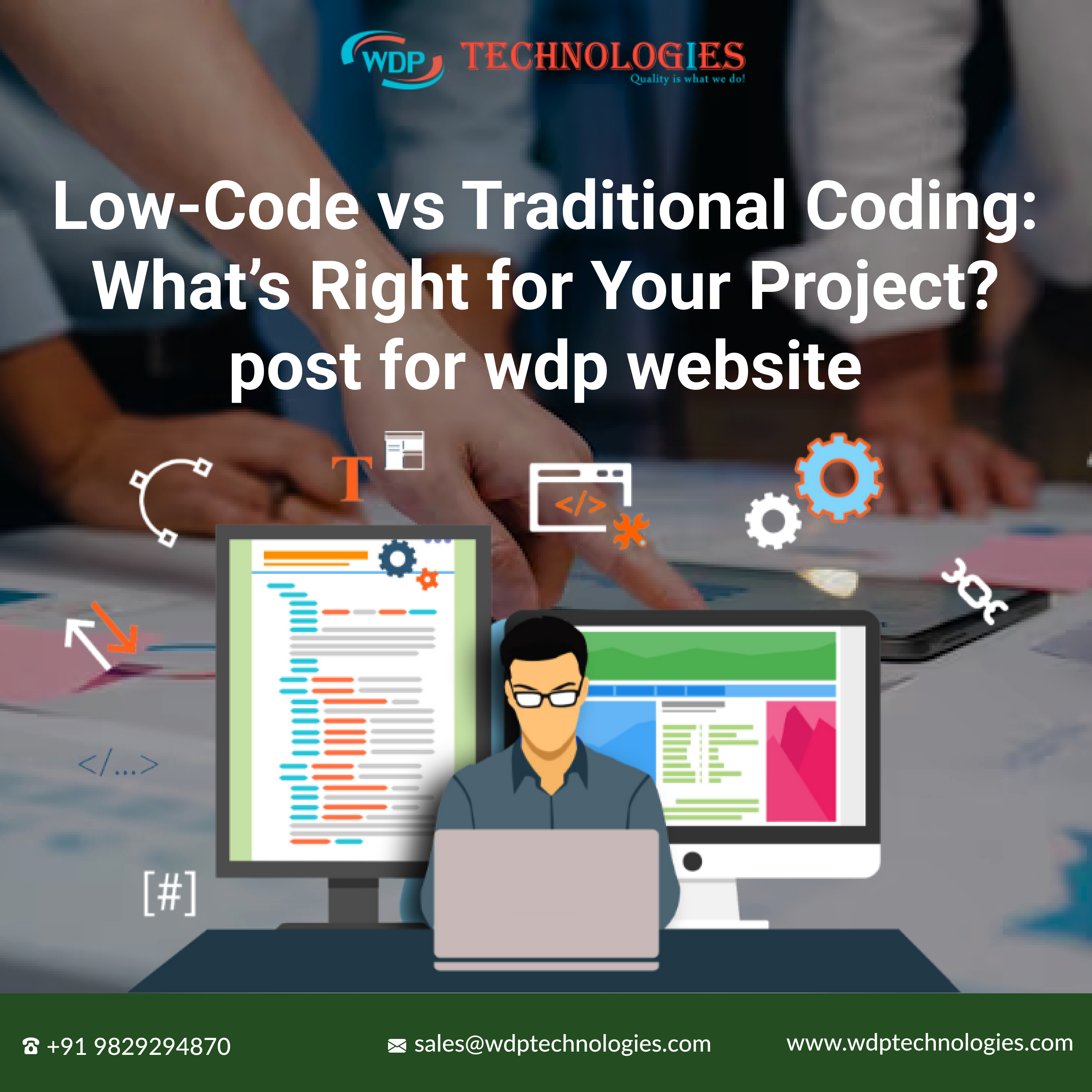Flutter is one of the most popular programming languages in the software development field. It is an open-source software development kit that helps in making development simple and easy for cross-platform mobile apps. There is no need to prepare programming code for iOS and Android apps separately, you can build high-quality natively generated apps for both platforms. One codebase will be enough for both systems.
Flutter App Development
Tim Sneath, product manager of Flutter, announced last year that since it was released in 2018 more than 2 million developers have used the toolkit. The latest update also tells that there has been a good increase in the flutter app development of both consumer and business apps. In this article, we will discuss this developer-friendly app development language.
Flutter Framework Overview
Flutter is an open-source mobile application development framework created by Google. It is used to develop applications for Android, iOS, Linux, Mac, Windows, and the web. Flutter uses the Dart programming language and provides a reactive programming model for building user interfaces. It also includes a rich set of customizable widgets and tools for building beautiful and responsive mobile apps.
When you use Objective C/Swift and Java/Kotlin as the two main languages used for mobile development it cost money. you need to build two different apps, which need to do the job twice. A distinct number of platforms have been developed for hybrid app development in HTML5 and Javascript in order to work on this issue. The Flutter app development framework has fastly gained popularity among developers, businesses, entrepreneurs, and users among other cross-platform toolkits like PhoneGap, Xamarin, React Native, and others.
Using a single codebase, Flutter is a portable UI toolkit for developing native-like apps for mobile, web, and desktop. It implements Material Design and Cupertino widgets and also uses the Dart programming language. A flutter app developer can build outstanding user interfaces that feel and look native. Except for the fact that you just have one codebase, it functions normally on all platforms.
The flutter development framework is the only framework with a mobile SDK that proposes a responsive design without a Javascript bridge. It achieves a level of speed comparable to that of its main competitor React Native. The many platforms, including Android, iOS, Linux, MAC, Windows, and Google Fuchsia applications, are all simply integrated.
What is Flutter used for?
Flutter is mainly used for developing mobile apps for iOS and Android, but it can also be used to develop apps for web, desktop, and even embedded devices. Flutter’s unique features such as its reactive programming model, rich set of customizable widgets, and hot reload functionality make it a popular choice for building beautiful and responsive mobile apps with complex animations and gesture-based interactions.
Flutter is also well suited for building cross-platform apps, as it allows developers to share a significant amount of code across different platforms, thus reducing the development time and cost. Additionally, it’s also used for developing Progressive Web Apps (PWA) and Hybrid App development, these apps can run in a browser and also can be installed in mobile devices.
Flutter app development is the best way to design apps for both Android and iOS without having the need of building separate codebases for each platform. Each platform-specific version of these flutter apps has a smartphone version. That too before they were made available and functioning as real native apps on cellphones made by Apple and Android. They don’t require a runtime module or a browser. Using the same codebase, it is possible to create web apps for browsers as well as native Windows, Linux, and macOS programs.
Pros of Flutter app development
There are several advantages of using Flutter for app development which make flutter top choice for app developers, some of them include:
1. Reduced Code Development Time
One of the main advantages of using Flutter for app development is that it can significantly reduce the code development time. Because Flutter allows developers to write code once and run it on multiple platforms, it eliminates the need to write separate code for different platforms. This can save a significant amount of time and effort for developers. Additionally, the hot reload feature allows developers to make changes to the code and see the results in real-time without having to stop and restart the app, which also speeds up the development process.
2. Increased Time-to-Market Speed
Yes, using Flutter can also help increase the time-to-market speed for an app. As I mentioned earlier, the ability to write code once and run it on multiple platforms allows developers to save a significant amount of time and effort. Additionally, the hot reload feature allows for faster iteration and prototyping, which can also help speed up the development process. Because Flutter also provides a wide range of customizable widgets and tools for building beautiful and responsive user interfaces, it can also help to reduce the time needed for design and user experience (UX) development.
Furthermore, the strong community support means that there are plenty of resources and tutorials available to help developers get started and troubleshoot any issues that may arise during development. All these factors combined can help to significantly reduce the time needed to develop an app and bring it to market.
3. Similar to Native App Performance
Flutter apps are known for their high performance, and they can be similar to native app performance in many ways. Flutter uses a reactive programming model, which allows for smooth and fast animations and gesture-based interactions. Because the framework is built using C++, it can run at a high frame rate and provides a smooth, responsive experience for users. Flutter apps also have fast loading times, which can help to improve the overall user experience. Additionally, because Flutter apps are compiled to machine code, they can run faster than apps built using other cross-platform frameworks.
Flutter also provides a wide range of built-in widgets and tools that are optimized for performance, which can help to ensure that apps built using the framework run smoothly and efficiently.
4. Own Rendering Engine
Yes, Flutter has its own rendering engine, called Skia. This allows Flutter to bypass the need to rely on the platform’s native widgets and instead use its own, customizable widgets. Having its own rendering engine also gives Flutter more control over the look and feel of the app, which can make it easier to create visually consistent and beautiful apps across different platforms. It also allows for more flexibility and customization options in terms of design, layout and animation.
Additionally, the use of Skia enables flutter to handle complex animations and gesture-based interactions with ease, which is one of the main reasons for its high performance.
5. Simple Platform-Specific Logic Implementation
Flutter makes it relatively simple to implement platform-specific logic, which is the process of writing code that is specific to a particular platform (such as Android or iOS).
Flutter provides a platform-channel API, which allows developers to call platform-specific APIs, including those written in Swift, Objective-C, or Java, from within a Flutter app. This allows developers to access platform-specific functionality, such as using a device’s camera, without having to write separate code for different platforms.
Additionally, Flutter also provides a number of plugins that can be used to access platform-specific functionality, such as the camera, GPS, and storage. These plugins are written in the platform’s native language and are available through the pub.dev package repository, which can be easily integrated into a Flutter app.
6. The Potential Ability to Go Beyond Mobile
Flutter has the potential to go beyond mobile app development and be used to develop apps for other platforms as well.
Flutter has already made its way to the web, with the release of Flutter for web, which allows developers to create web apps that run on modern web browsers. The framework also enables developers to create Progressive Web Apps (PWA) that can be installed on a user’s device and run offline.
Flutter for desktop is also available, which allows developers to create desktop apps for Windows, Mac, and Linux. This feature is still in beta, but it’s available for testing and development.
Flutter is also being used to develop embedded devices such as smart displays, smart TVs, and IoT devices. This is made possible by the Flutter Embedding API, which allows developers to embed Flutter in other apps and devices.
7. Hot Reload
Hot Reload is a feature in Flutter that allows developers to make changes to the code and see the results in real-time, without having to stop and restart the app. This can save a significant amount of time and effort, as developers can make changes to the code, test them, and fix bugs on the fly.
Hot Reload works by injecting new code into the running Dart Virtual Machine (VM) without disrupting the state of the app. This means that developers can make changes to the code, such as adding new features or fixing bugs, and see the results almost immediately, without having to stop and restart the app.
Flutter’s hot reload feature allows developers to make changes to the code and see the results in real-time, without having to stop and restart the app. This speeds up the development process and makes it easier to fix bugs and add new features.
8. Customizable Widgets
Flutter has a wide range of customizable widgets, which allows developers to create beautiful and responsive user interfaces. These widgets are built using the framework’s own rendering engine, Skia, which enables them to be highly customizable and optimized for performance.
Flutter’s widgets can be customized in various ways, such as changing the color, size, shape, and animation. The framework also provides a large number of built-in widgets, such as buttons, text fields, and sliders, which can be easily customized to suit the specific needs of an app.
In addition to the built-in widgets, developers can also create their own custom widgets. This allows developers to create unique, customized user interfaces that are tailored to the specific needs of their app.
Customizable widgets are one of the main reasons why Flutter is a popular choice for app development. They allow developers to create beautiful and responsive apps that are optimized for performance, and they provide a high degree of flexibility when it comes to designing and implementing the user interface.
Read More : Flutter vs React Native
Why Then Try Flutter?
There are several reasons why developers may want to try Flutter for app development:
▪️ Cross-platform Development: Flutter allows developers to write code once and run it on multiple platforms, which can save a significant amount of time and effort.
▪️ High Performance: Flutter apps are known for their smooth performance and fast loading times, which can improve the overall user experience.
▪️ Customizable Widgets: Flutter has a wide range of customizable widgets, which allows developers to create beautiful and responsive user interfaces.
▪️ Hot Reload: Flutter’s hot reload feature allows developers to make changes to the code and see the results in real-time, without having to stop and restart the app. This speeds up the development process and makes it easier to fix bugs and add new features.
▪️ Strong Community Support: Flutter has a strong and growing community of developers, which means that there are plenty of resources and tutorials available to help developers get started.
▪️ Great for MVPs: It’s a great choice for building MVPs (Minimum Viable Product) as it allows you to create a working app in a short amount of time.
▪️ Suitable for complex animations: Flutter’s built-in widgets and animations make it easy to create complex animations and gesture-based interactions.
▪️ Potential to go beyond mobile: With the release of Flutter for web, desktop and embedding API, developers can use Flutter to create apps for a variety of platforms, including web, desktop, a nd embedded devices.
Why Hire Developers form WDP Technologies
Hire Flutter developers to effectuvely modify mobile applications to fit best in your specific business needs. We offer mumber of benefits, in addition, to properly delivering good mobile app solutions. You can employ Flutter developers from WDP Technologies. These talented programmers have a strong portfolio of top-notch apps that can match any customized requirements for organizations.
Conclusion
Flutter is a popular open-source mobile app development framework created by Google. It uses the Dart programming language and provides a reactive programming model for building user interfaces. It also includes a rich set of customizable widgets and tools for building beautiful and responsive mobile apps. It has a strong and growing community of developers. Flutter is known for its high performance, customizable widgets, cross-platform development, and hot reload feature which speeds up the development process. It’s great for building MVPs, complex animations and gesture-based interactions.
Flutter also has the potential to go beyond mobile app development and be used to develop apps for other platforms such as the web, desktop, and embedded devices.Overall, Flutter offers a powerful and flexible framework for building high-performance, visually consistent and beautiful apps across multiple platforms.

